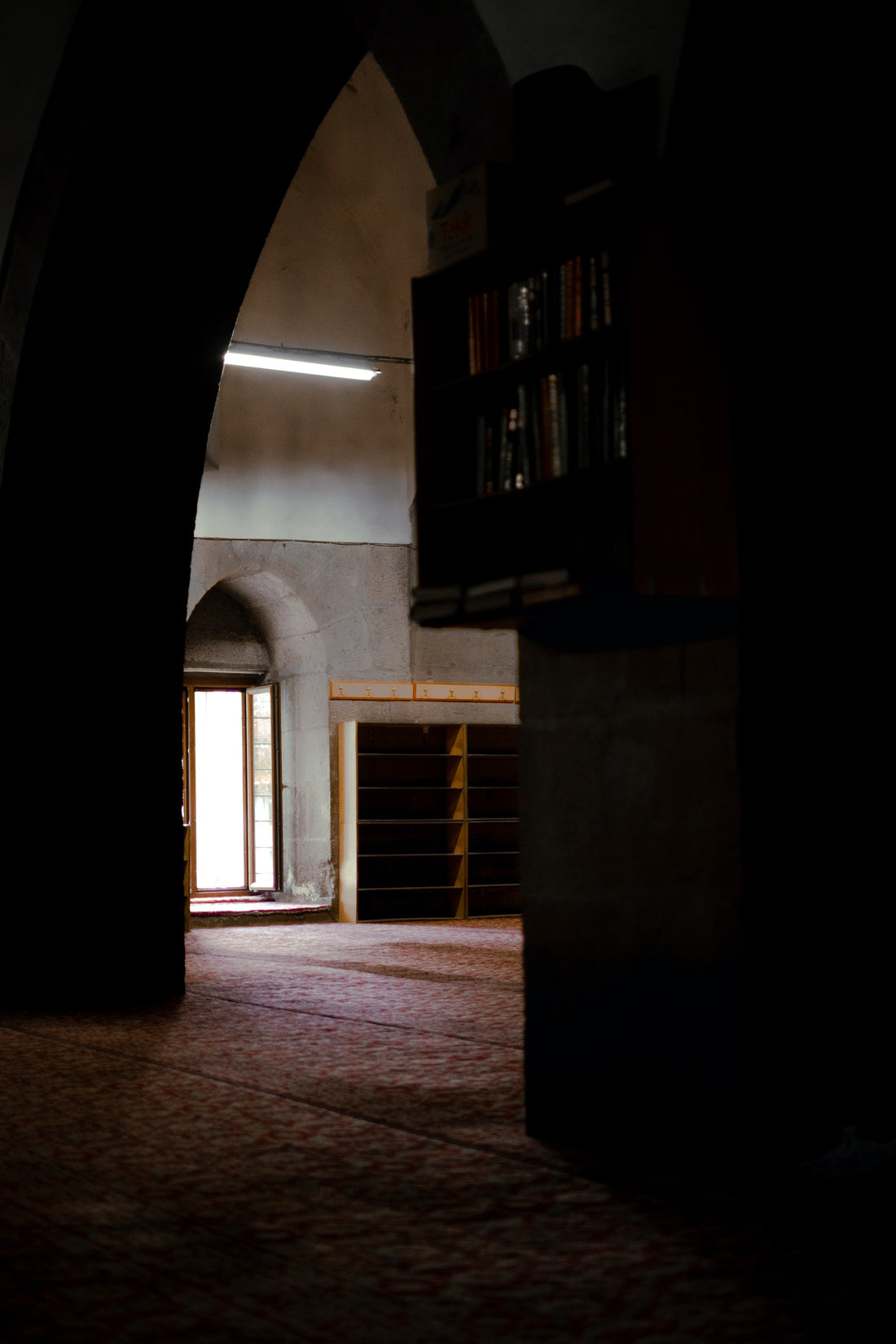
Embrace the Spiritual Plunge: A Journey Beyond Knowing
Embarking on the spiritual path is more than an intellectual pursuit; it's a profound commitment to transformative action and being.
When spiritual seekers express frustration about their perceived lack of progress despite years of dedicated sadhana, enlightened gurus often suggest that they haven't truly taken the spiritual plunge. Swami Sivananda, responding to similar inquiries, emphasized the need to dedicate one's entire mind to God. His disciple, Swami Chidananda, echoed this sentiment, urging practitioners to be committed to the highest. Complacency in sadhana is insufficient; the spiritual journey is a battle, demanding wholehearted engagement and a lion's leap for genuine transformation.
This journey parallels a chemical experiment, where a critical point—like the equivalence point in titration—marks a significant shift, resulting in a plateau at a higher level. Similarly, in spiritual growth, there comes a moment when the individual soul gives way to the universal reality of atman/brahman. However, progress often encounters self-imposed limitations as practitioners hesitate to relinquish the safety of their current spiritual positions for an uncertain future.
This reluctance mirrors a learner's fear of lifting their feet off the ground or venturing into deeper waters—a fear that impedes progress. The lower mind, saturated with worldly impressions, resists yielding to the higher discriminating mind. The powerful ahamkara, born of ignorance, clings to its separate identity from Isvara and its creation, becoming immune to conventional spiritual practices. It's only through a 'do or die' approach, akin to the touch of a philosopher's stone turning iron into gold, that a qualitative, all-encompassing change occurs.
In the analogy of the Vedantic rope and the mistaken snake, the hidden reality is the rope, and the perceived snake is an illusion. Similarly, the mind cannot simultaneously perceive the world and God. Removing the illusory snake requires knowledge of the substratum—the rope. Clouded vision, tainted by likes, dislikes, and worldly attachments, hinders the perception of truth.
Who can take this plunge? It requires a person of discrimination and dispassion who recognizes the unreal nature of manifested reality and identifies the atman/brahman as the sole true reality, the source of infinite peace and bliss. This journey demands rigorous austerity, heroic endurance, and unwavering resolve to sacrifice all that is non-self. Complete surrender to the divine becomes paramount.
Swami Sivananda, a former medical practitioner, renounced a prosperous career to embrace an ascetic life, practicing intense austerities on the banks of the Ganges. Buddha attained realization under the bodhi tree through relentless resolve, and Sri Ramana Maharshi incessantly questioned 'Who am I' until he unraveled the mystery.
The spiritual life is not merely about acquiring knowledge but entails active pursuit and embodiment of truth. Effort on our part aligns with divine grace, serving as a catalyst. As the Bhagavad Gita (7.3) suggests, among thousands, scarcely one strives for perfection, and of those who strive and succeed, scarcely one knows the divine truth.
In the journey toward divine perfection, pitfalls abound. The right attitude, understanding, adjustment, and application—these four indispensable virtues guide the aspirant toward divinity.
By Jayant B Dave
